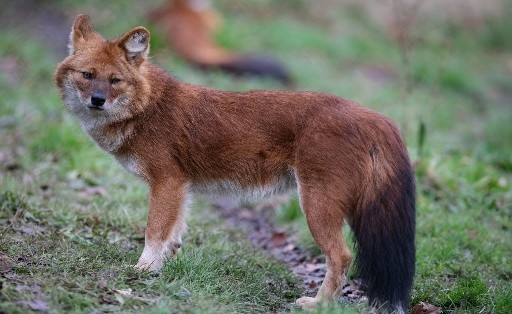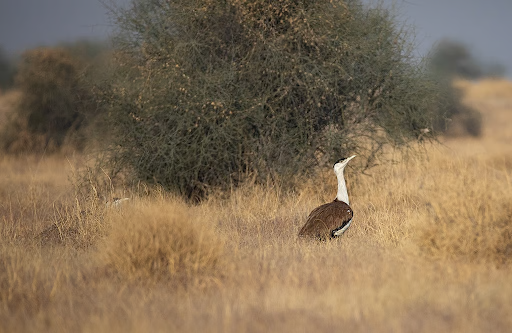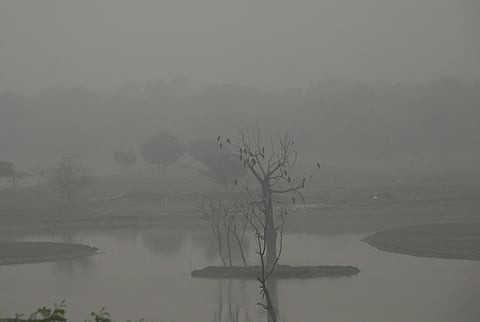



A new study by WII confirms the return of the endangered Asiatic wild dog (Cuon alpinus) to the Kaziranga–Karbi Anglong Landscape (KKAL) in Assam, highlighting the ecological recovery of this critical biodiversity hotspot. KKAL serves as a vital genetic corridor for megafauna across Assam, Meghalaya, and Nagaland.

Disclaimer: Copyright infringement not intended.
According to a new study by scientists from the Wildlife Institute of India (WII), the dhole, or Asiatic wild dog (Cuon alpinus), believed to have been locally exterminated, has made a confirmed return to Assam’s Kaziranga-Karbi Anglong Landscape (KKAL).
|
Aspect |
Details |
|
Scientific Name |
Cuon alpinus |
|
IUCN Status |
Endangered |
|
Habitat |
Dense forests, scrublands, and mountainous terrains |
|
Habitat Needs |
Large, undisturbed areas with high prey density |
|
Distribution |
South, Central, Southeast Asia; in India: Western Ghats, Eastern Ghats, Central India, Northeast |
|
Key Features |
Rusty-red coat, bushy black-tipped tail; matriarchal packs; coordinated hunters |
|
Ecological Role |
Regulates prey populations; maintains forest ecosystem balance |
|
Aspect |
Details |
|
Location & Extent |
Covers ~25,000 km² in Assam; extends to parts of Meghalaya and Nagaland; south of the Brahmaputra. |
|
Protected Area Network |
Kaziranga NP, Karbi Anglong, and linkages to Pakke, Nameri, Laokhowa–Burhachapori, Nambor, Ntanki |
|
Flora |
Tropical semi-evergreen forests, grasslands, and marshy wetlands |
|
Fauna |
One-horned rhinoceros, Bengal tiger, Asian elephant, leopard, sloth bear, 500+ bird species |
|
Ecological Significance |
Genetic and movement corridors for megafauna; crucial for long-term survival in a fragmented landscape |
ALSO READ- https://www.iasgyan.in/daily-current-affairs/dhole-42
Source: The Hindu
|
PRACTICE QUESTION Q. Which of the following statements best describes the ecological role of the Asiatic wild dog (Cuon alpinus)? (A) Pollinator in tropical forests (B) Scavenger maintaining nutrient cycles (C) Regulator of prey populations in forest ecosystems (D) Seed disperser in mountainous terrains Answer: C Explanation: The Asiatic wild dog (Cuon alpinus), also known as the dhole, plays a key ecological role as a top predator in forest ecosystems by regulating prey populations and maintaining ecosystem balance, primarily by hunting large and medium-sized ungulates like deer and wild boar. |






© 2026 iasgyan. All right reserved